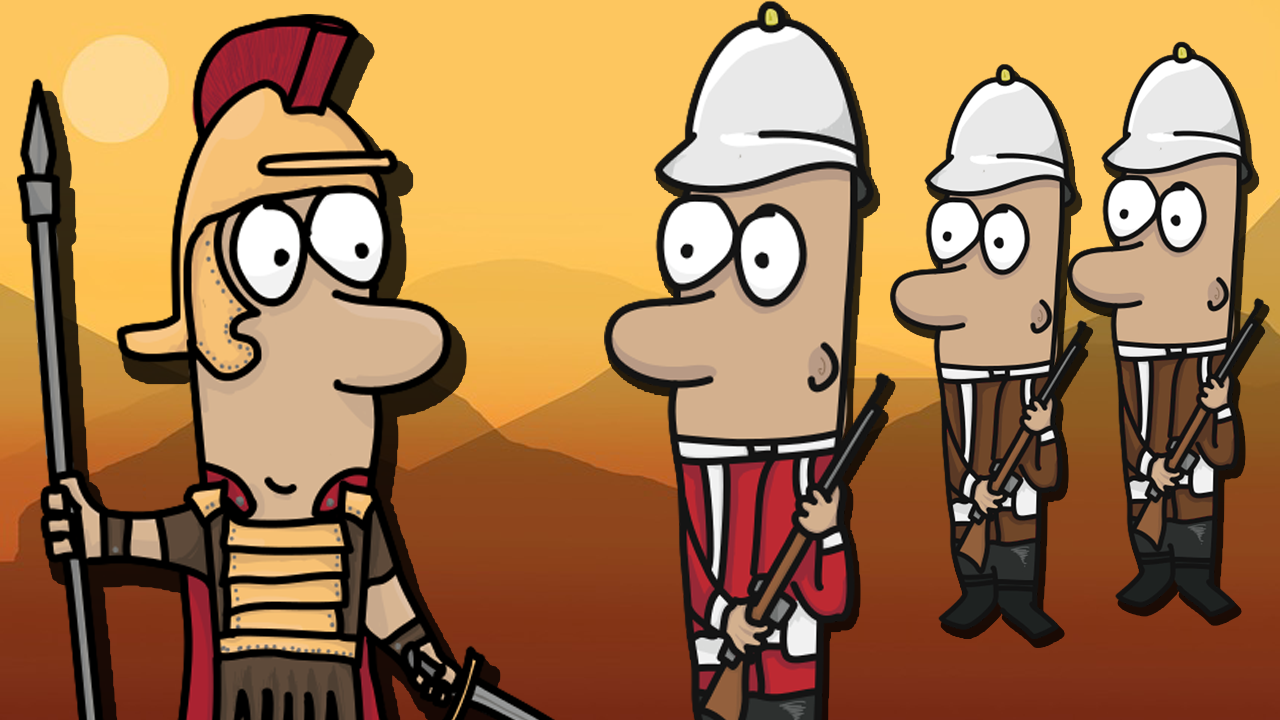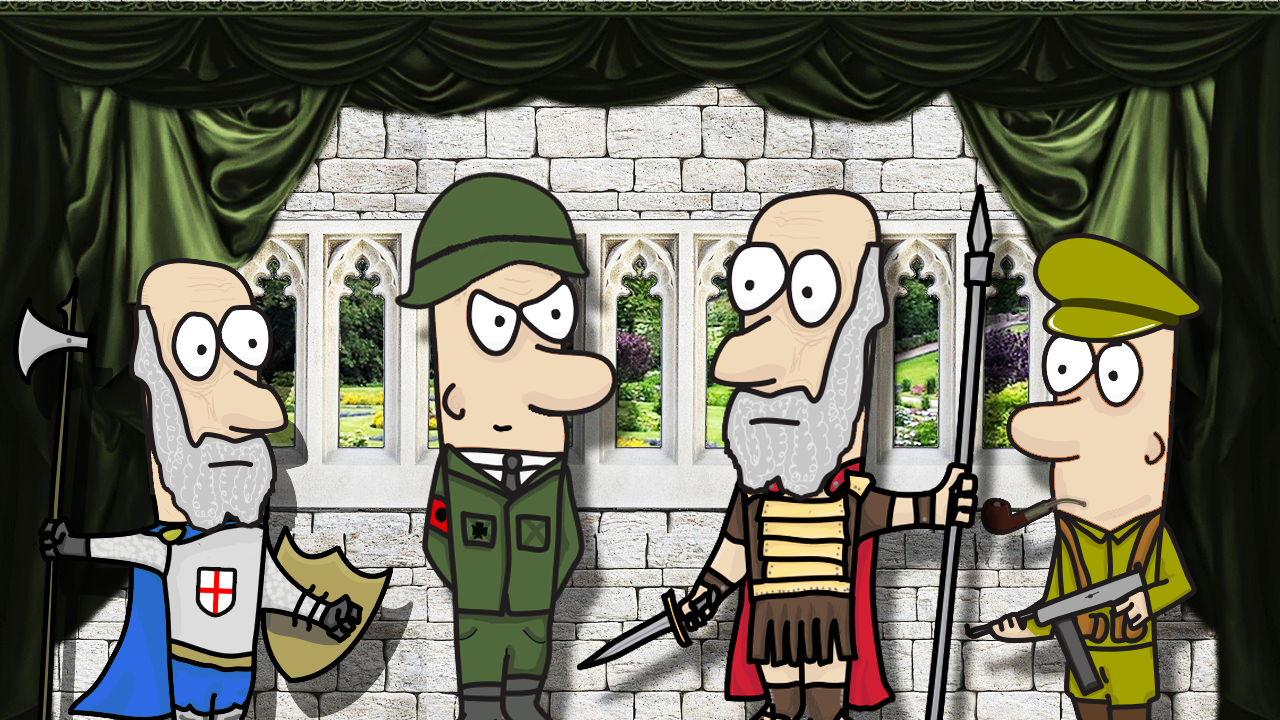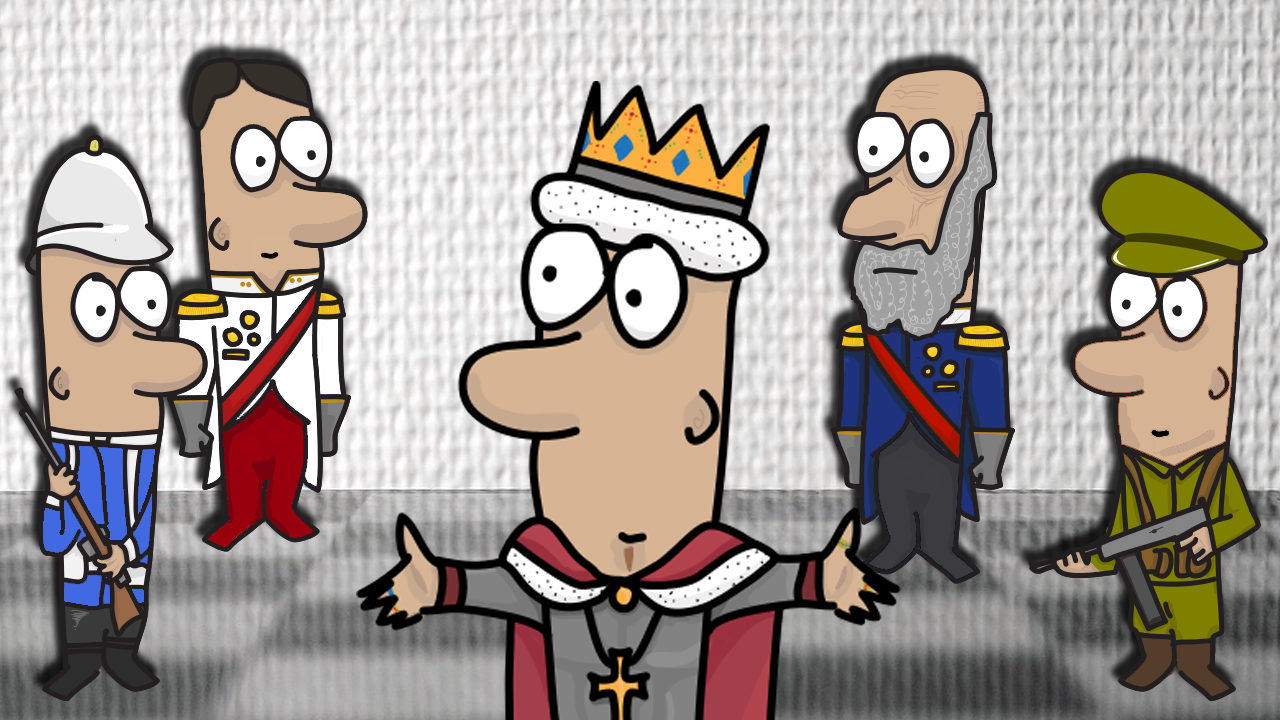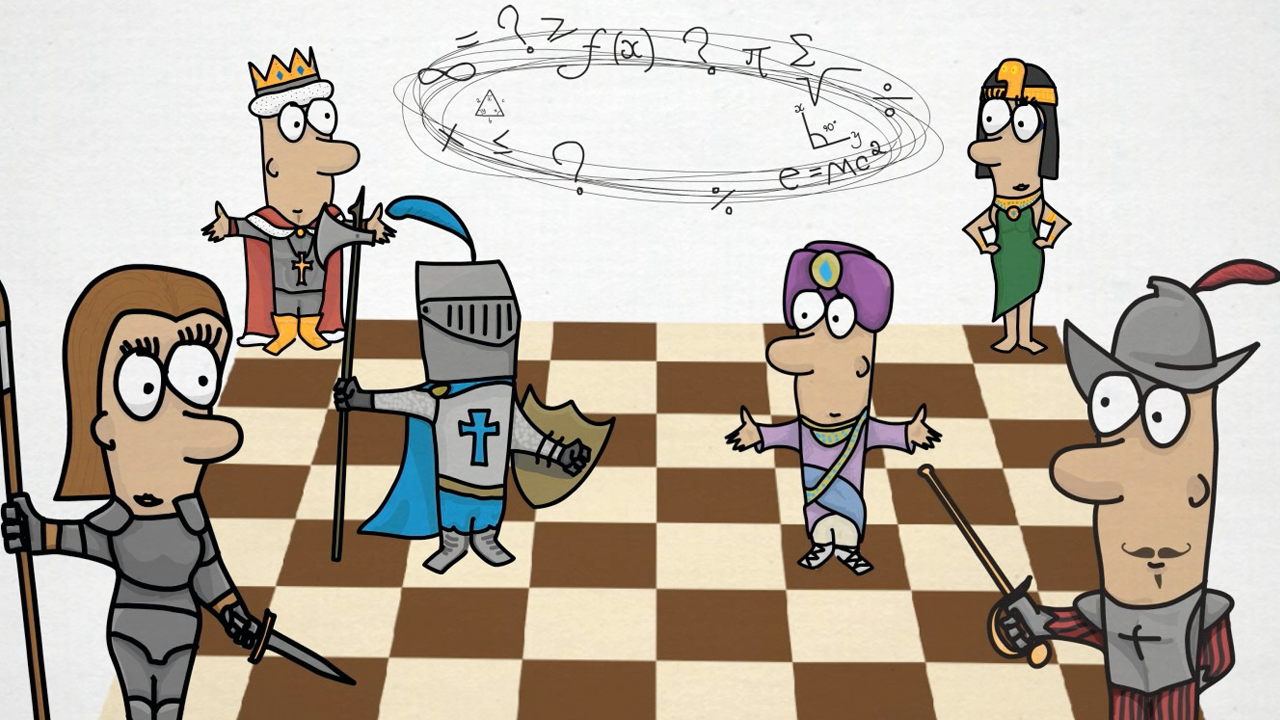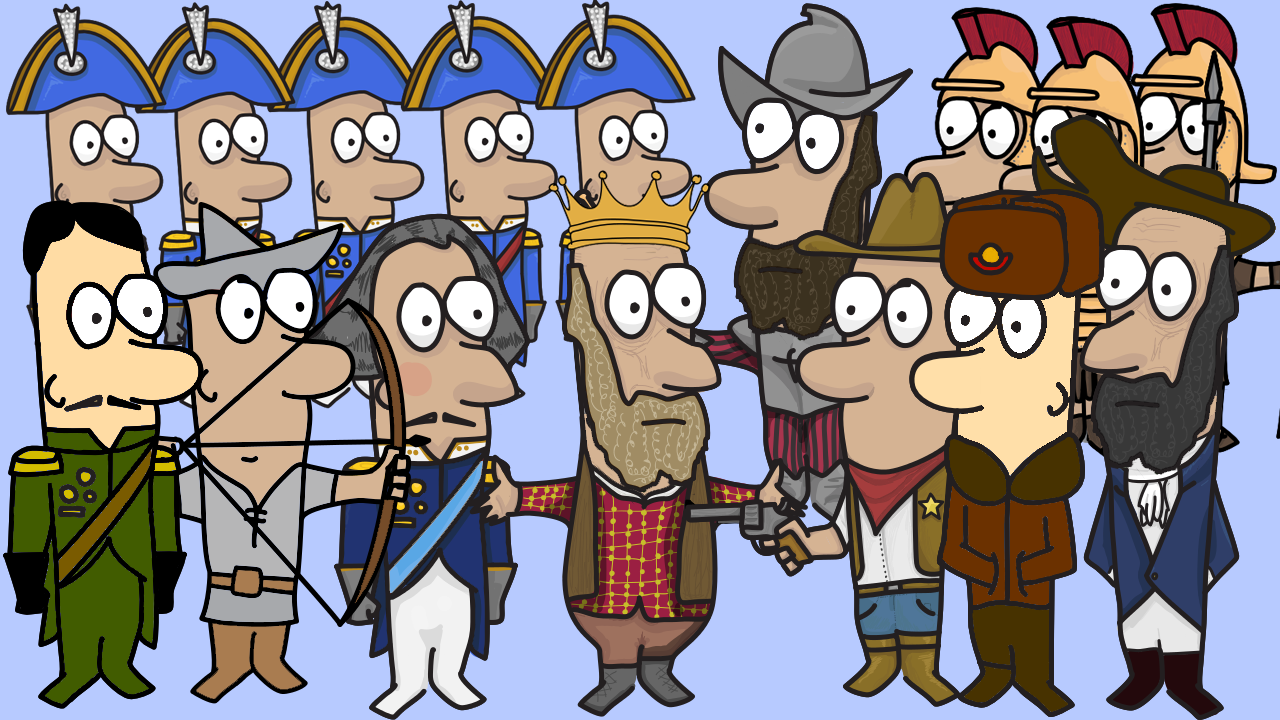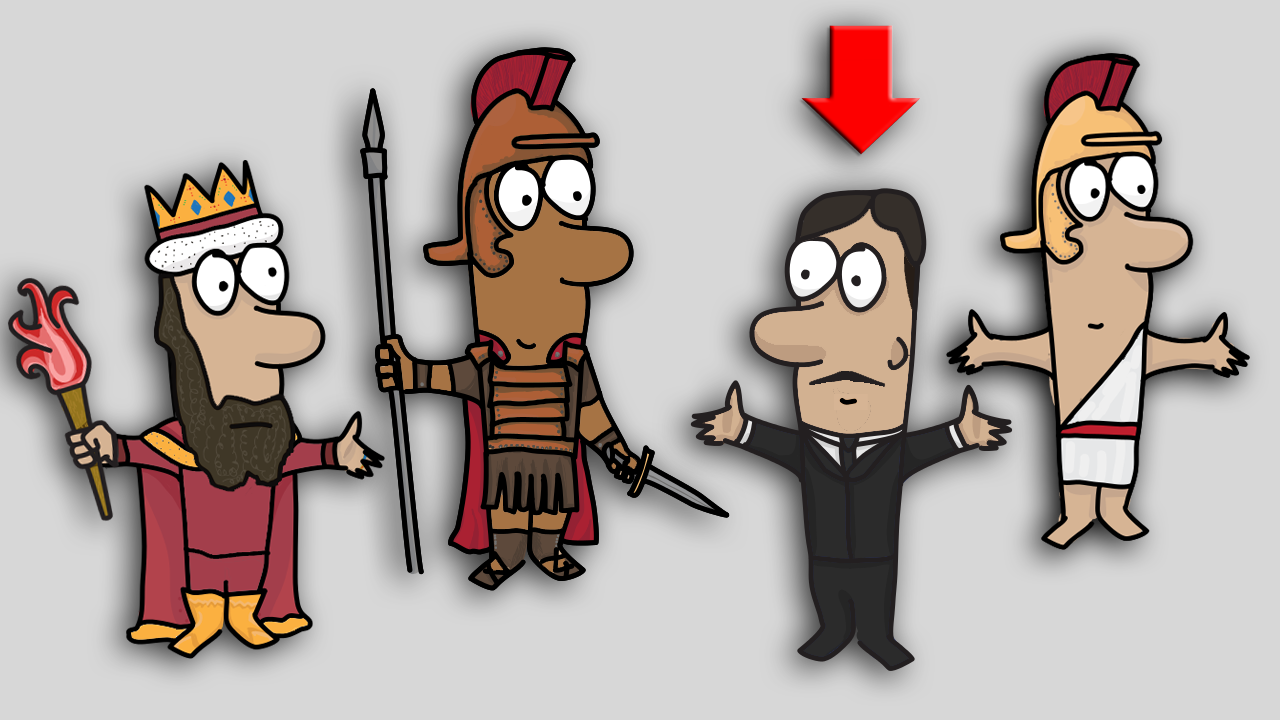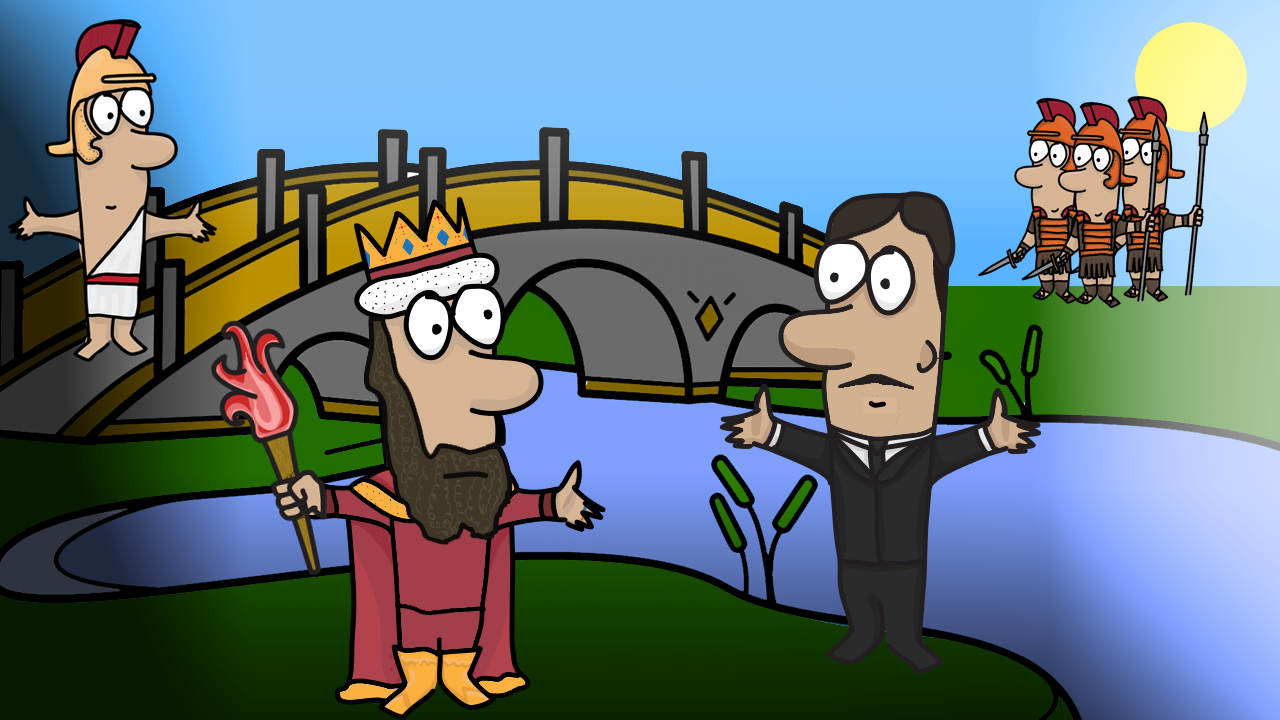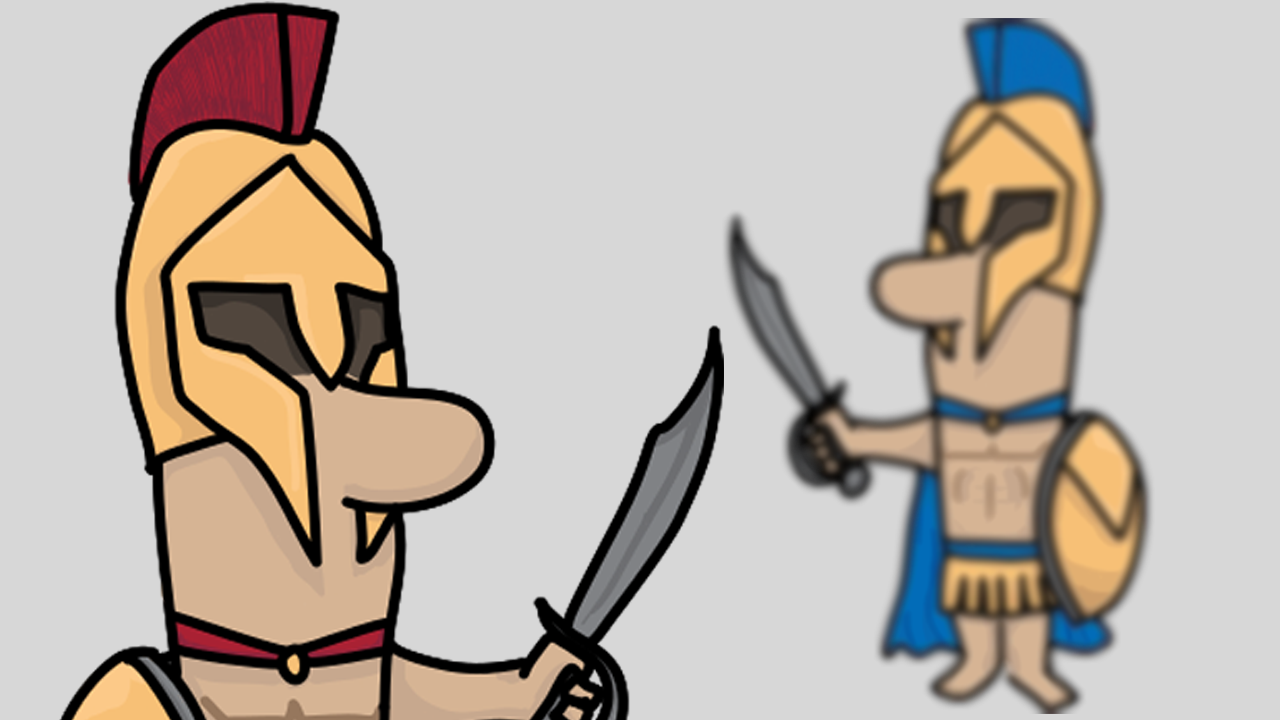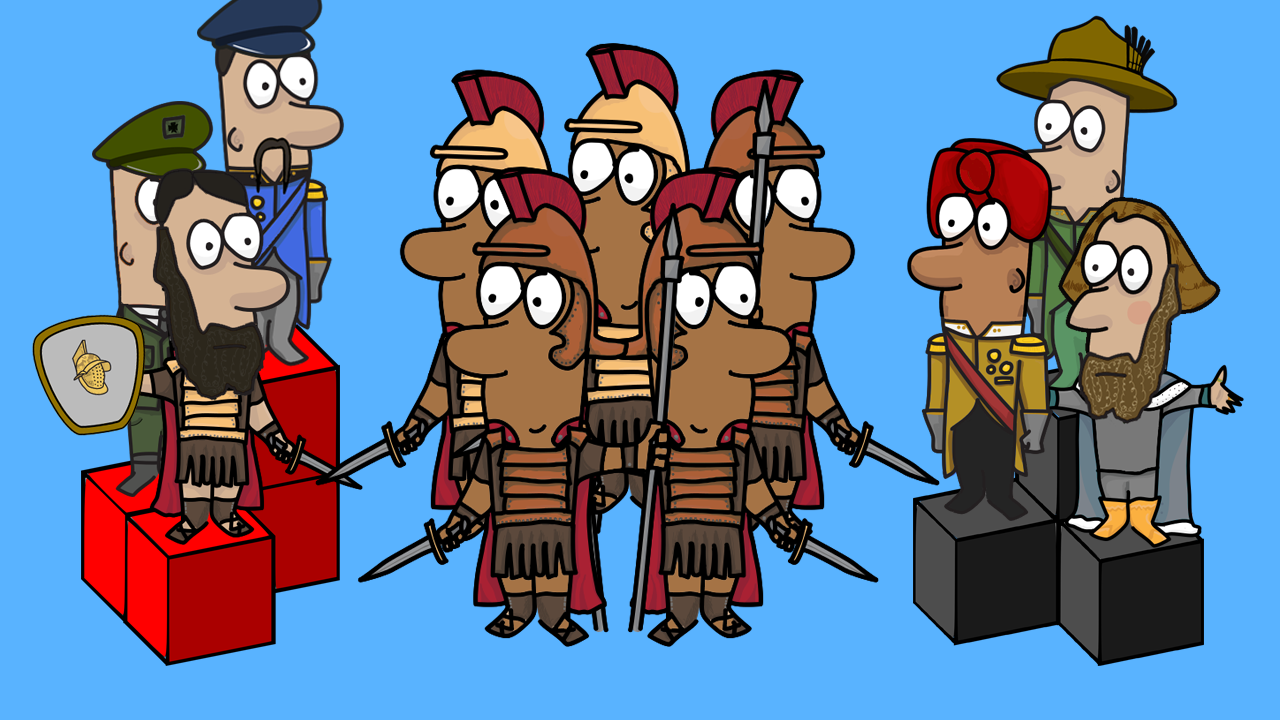Chapter 1 - Laying Plans | The Art of War by Sun Tzu
Body
Sun Tzu said: The art of war is of vital importance to the State. Philip II of Macedon inherited a weak country but moulded his army into a formidable and efficient force. He used warfare to secure his kingdom before instigating a conquest of Greece. After his death, the empire was passed onto his son Alexander the Great who ruled over a military campaign that created one of the largest empires of the ancient world.

